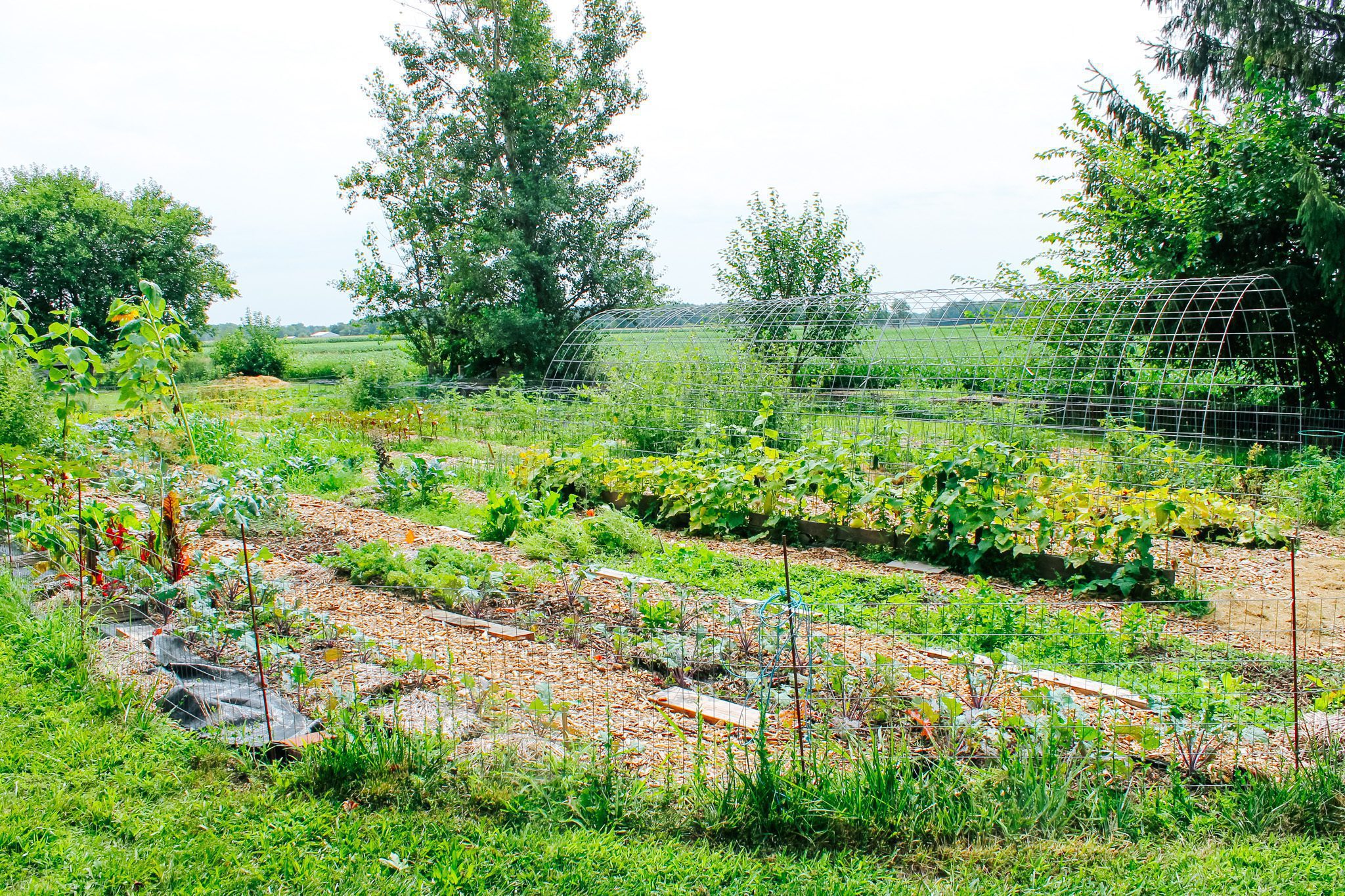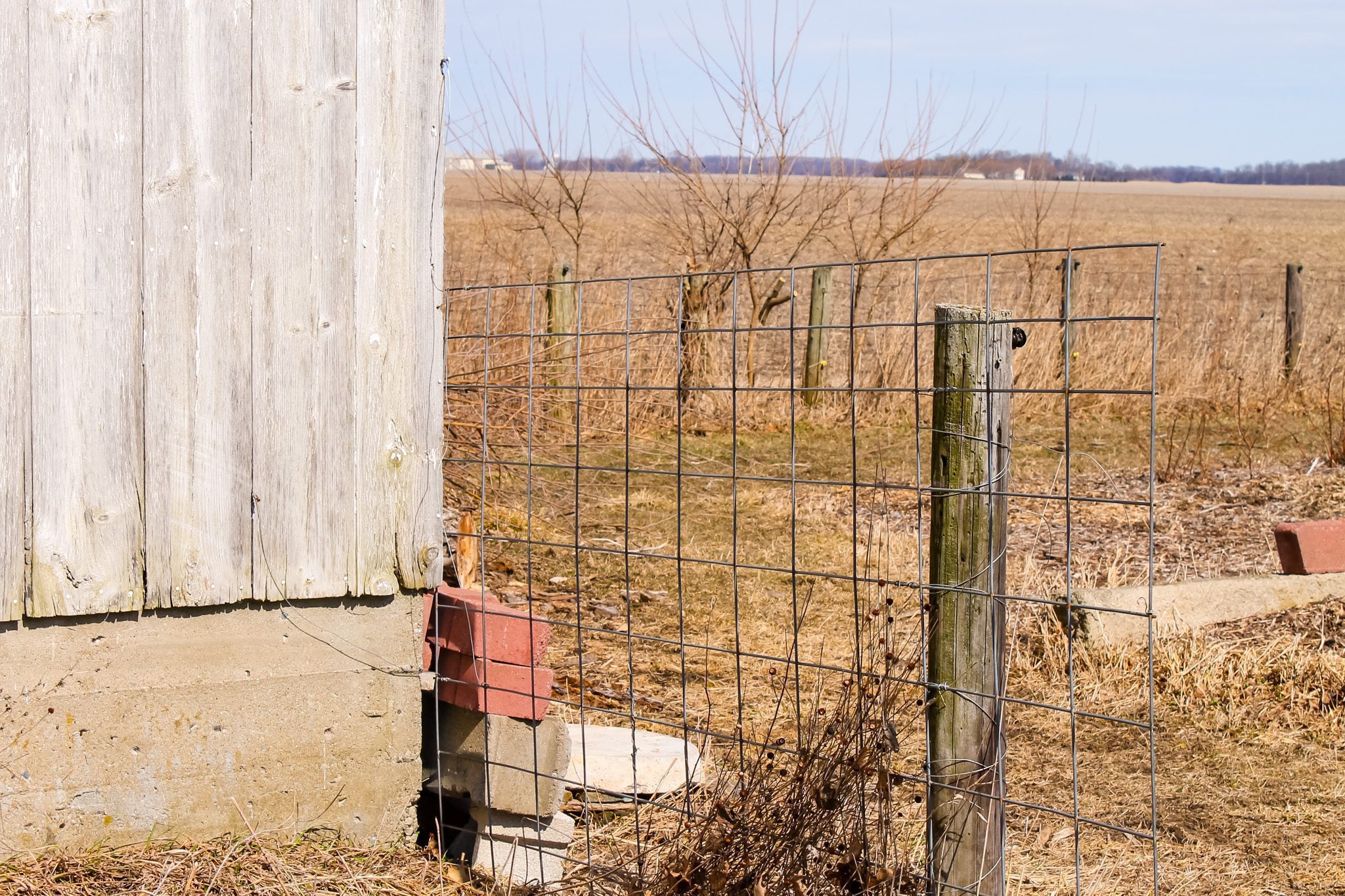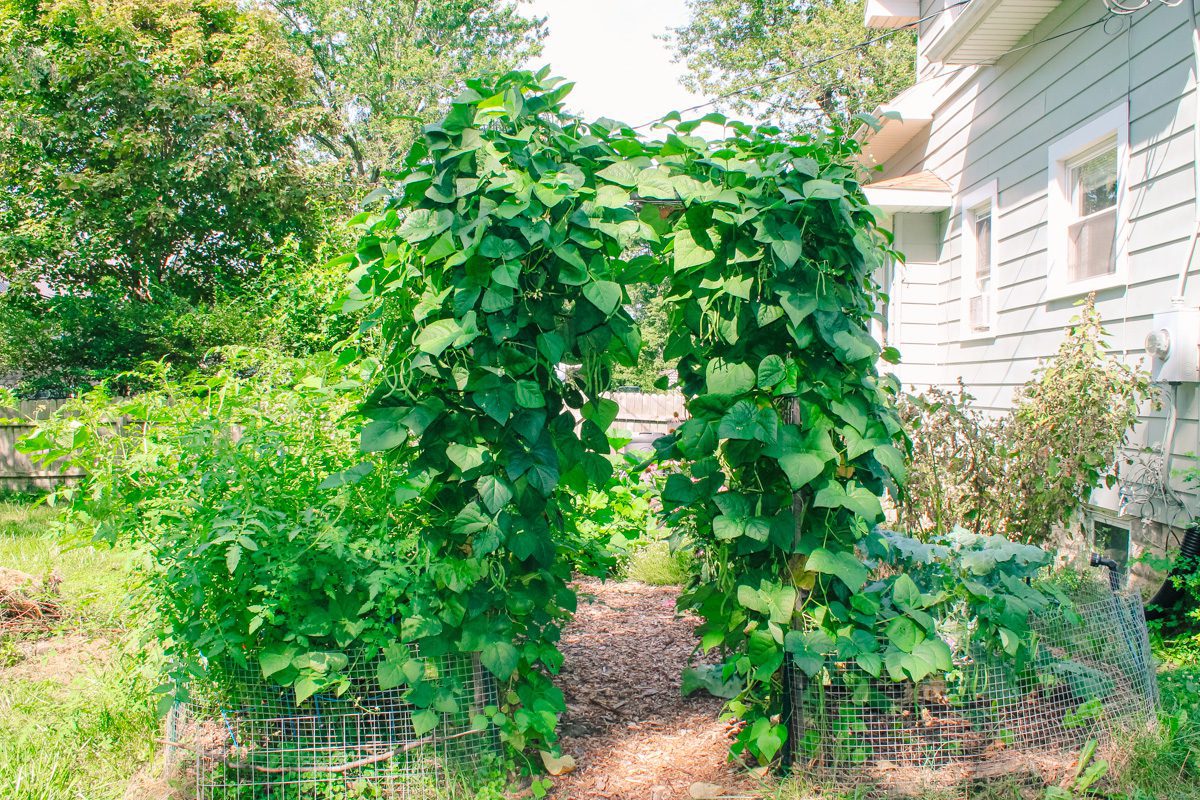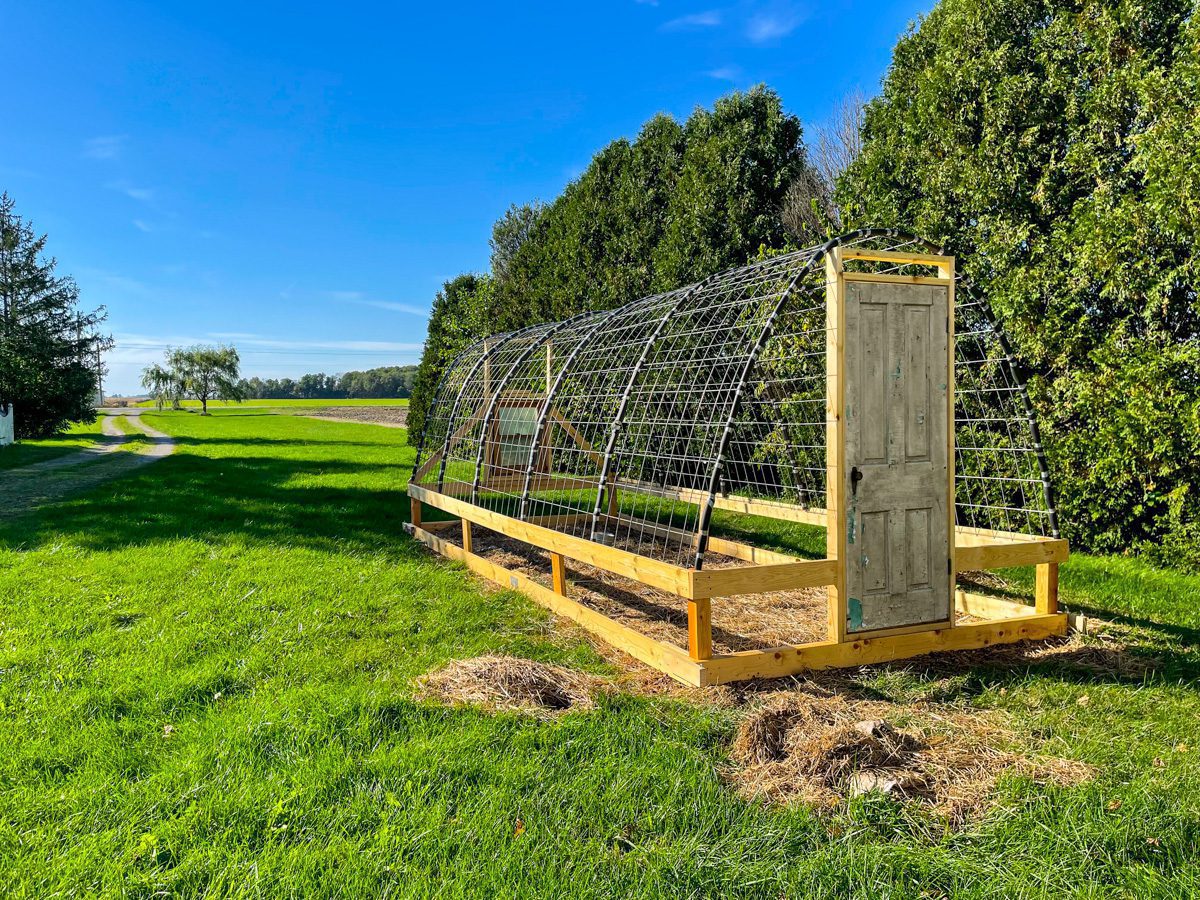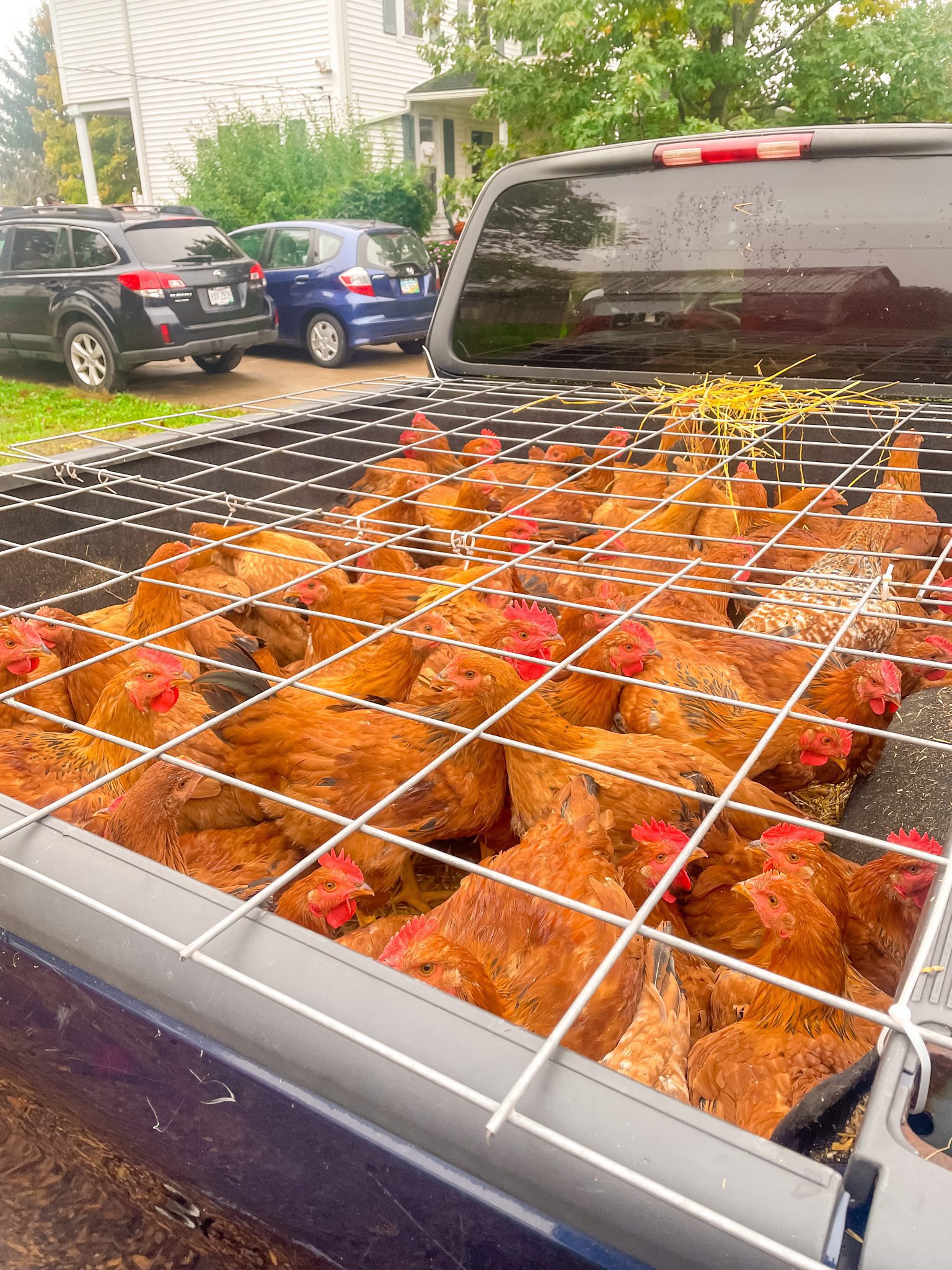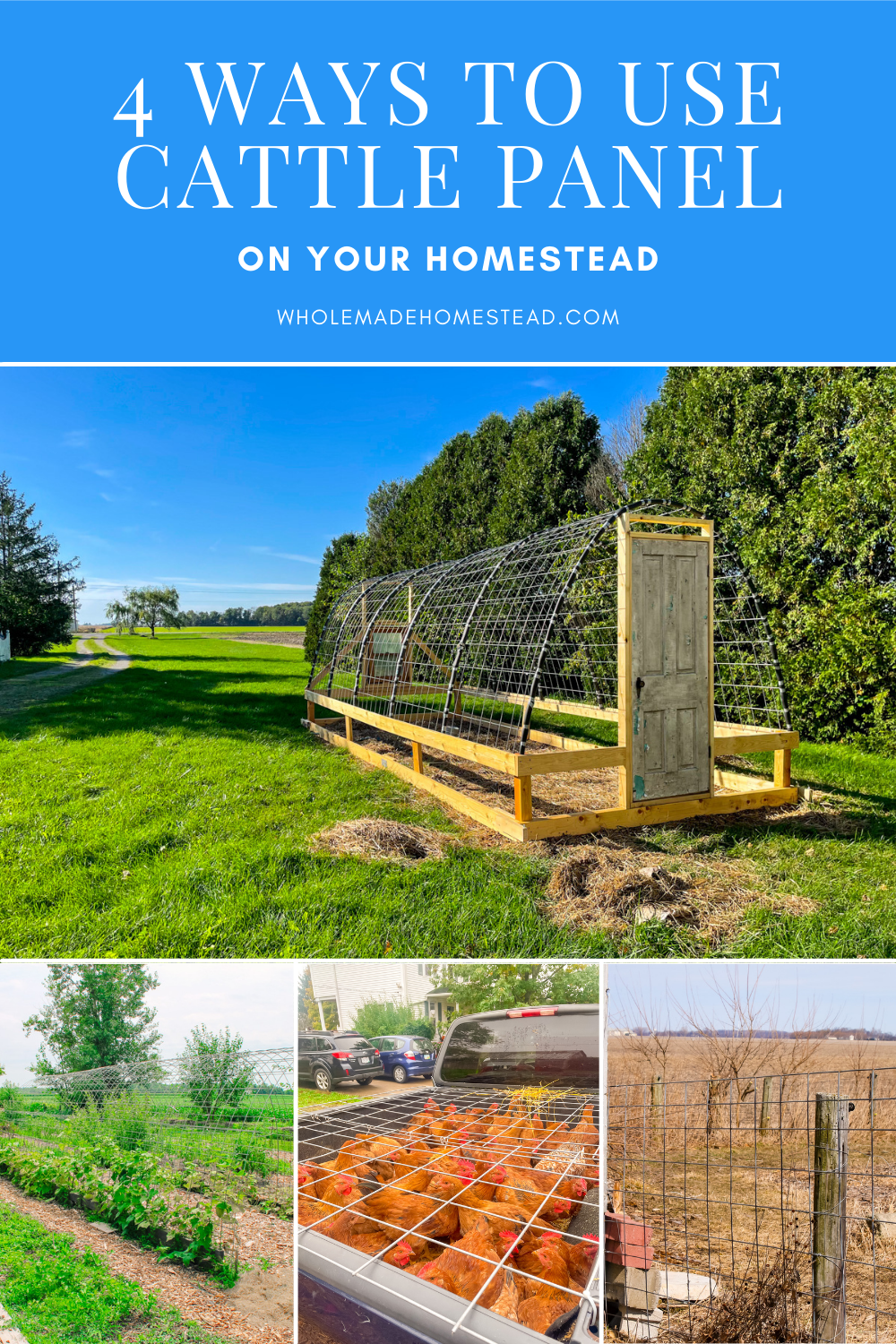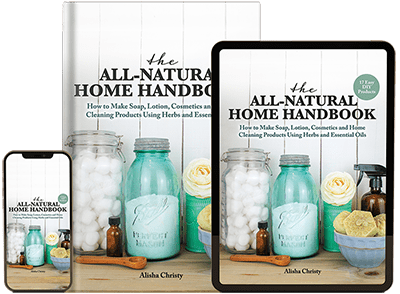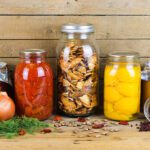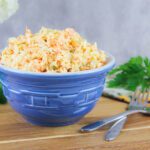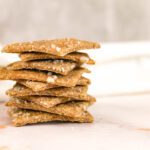Today we look at the metal fencing known as cattle panels, and dive into the many uses that it has for the everyday homesteader. From chicken coops to garden trellis, cattle paneling can meet all your creative needs.
I’m thrilled to introduce to you my husband, Matthew Christy. In this blog post he will be showing you all the ways we’ve turned cattle panel into a multipurpose tool on the homestead.
When first introduced to the concept of homesteading, I only thought of a small garden and a few handmade decorations adoring our little gem of a home. As the years roll by, I have begun to see that homesteading is a large an idea as the array of tools that we use for such things. Homesteading could be considered a do-it-yourself project that never ends, a path to self-sustainability. Every seed planted, every herb-infused oil marinating on the window sill, every chicken chased into the coop at night is a stepping stone towards the goal of relying solely on what the Good Lord gives us and not to depend on man.
As mentioned above, the tools make the homesteader. However, the fun thing of homesteading is repurposing an object with one use into another, such as converting on old chicken waterer into a planter container, which you can find here. With that mindset, even something like metal fencing that is used to keep livestock contained can have a wondrous variety of uses — even if no animals are involved.
Cattle panel, sometimes called feedlot or livestock panels, are heavy galvanized steel fencing. At the store you would find stacks of them, about 16 feet by four feet. After purchasing, you can use bolt cutters to cut the fencing down to any size, to fit any need. Here are some ideas that I’ve seen and even done myself while using livestock paneling.
How to Build a Cattle Panel Fence
Yes, it would be foolish to talk about cattle panel fencing without explaining why it is so useful as fencing. It is a wall made of study and durable rods of galvanized steel welded together, after all. I’ve seen it used with livestock, sure, but what about surrounding your garden if larger herbivores such as deer want to eat all your hard work? My garden in town is protected by a thinner grade (smaller rods) of cattle panel to keep rabbits, raccoons, and even my own dogs from exploring and digging up all our veggies. You can cut the panels to any height, place around any area you want to protect, then secure to stakes. Your munched produce by vermin will be a problem of the past.
How to Make a Trellis Using a Cattle Panel
Using a cattle panel in the garden or flower bed can be a great way to expand upwards when you cannot expand outwards. Livestock paneling can be perfect for vining plants such as cucumbers, green beans, and even tomatoes! You can cut the panel to the size that you need then secure to garden stakes, allowing anything you plant to grab onto the panel and reach for the sky!
How to Use a Cattle Panel to Build a Greenhouse
By bending the feedlot panel long ways, you can create a metal arch that can be secured to the ground by metal stakes or stapled to a wooden frame to create a ceiling that be covered by plastic or tarp like material. This sturdy topper will bend but never break when it comes to being useful! Learn how we used a cattle panel to create a budget friendly greenhouse.
Build a Chicken Cage With Cattle Panel
Cattle panels can be trimmed, cut, bent, zipped tied, and sized to meet any need your homestead might call for. My personal favorite way that we utilized the panels was to zip-tie two cut pieces together, then secure it to the bed of our truck for a temporary make shift chicken hutch! One end was completely tied to the trucked, the other was allowed to open and close, making it easy to throw a chicken in and close the lid. All it took was a sheet of cattle panel, cutters, and some zip ties to create the right tool for the job.
These are just four ideas, but the sky is the limit when it comes to adding livestock panel to your homestead inventory. Be creative on how to apply this neat tool to any situation or job that your homestead needs completed!

